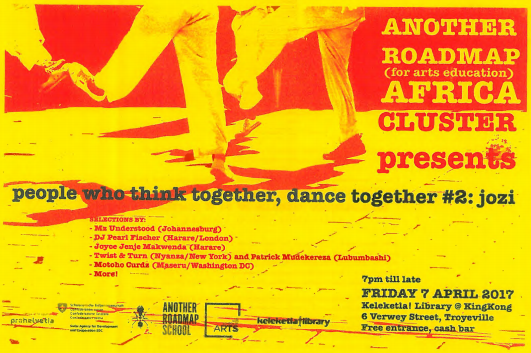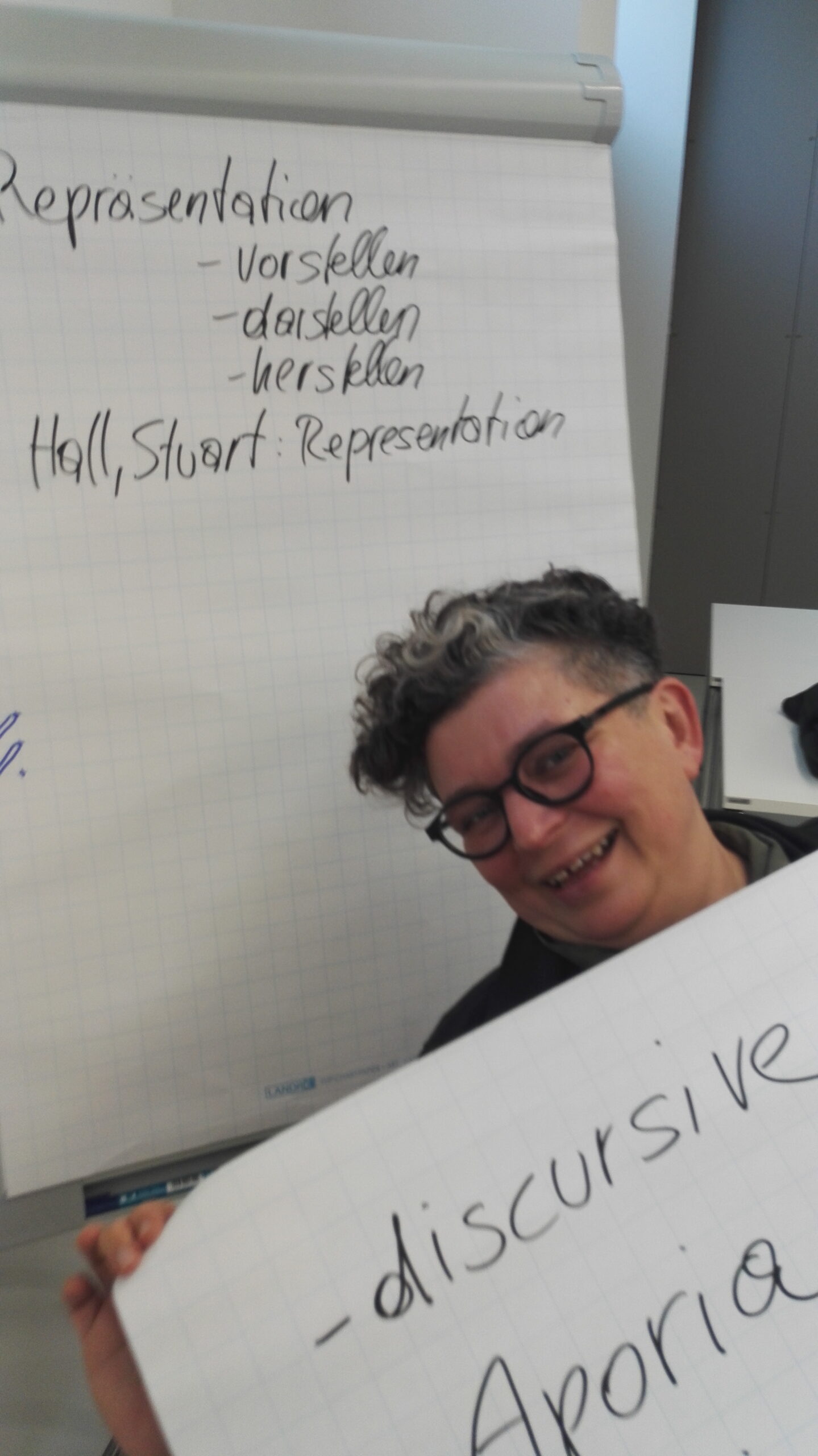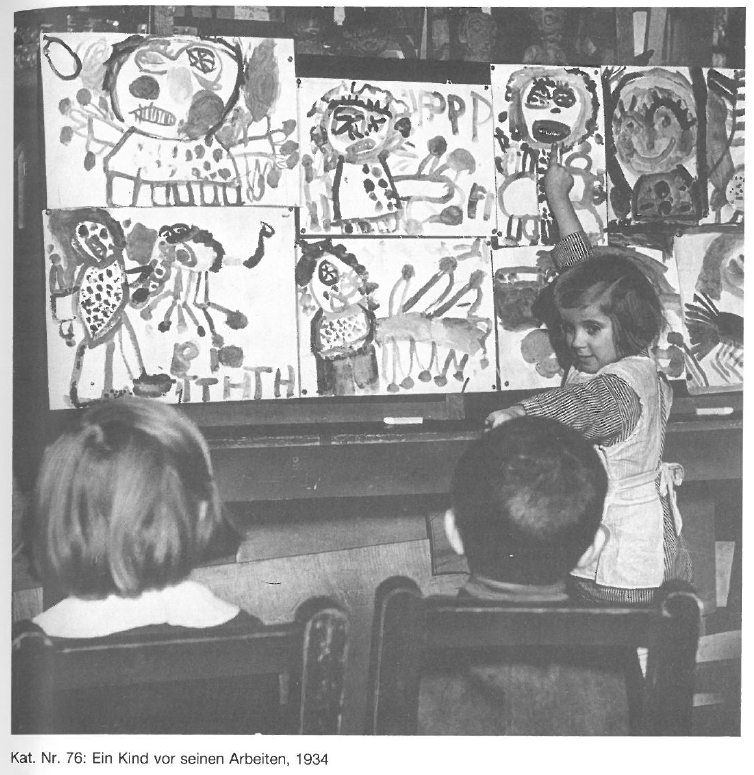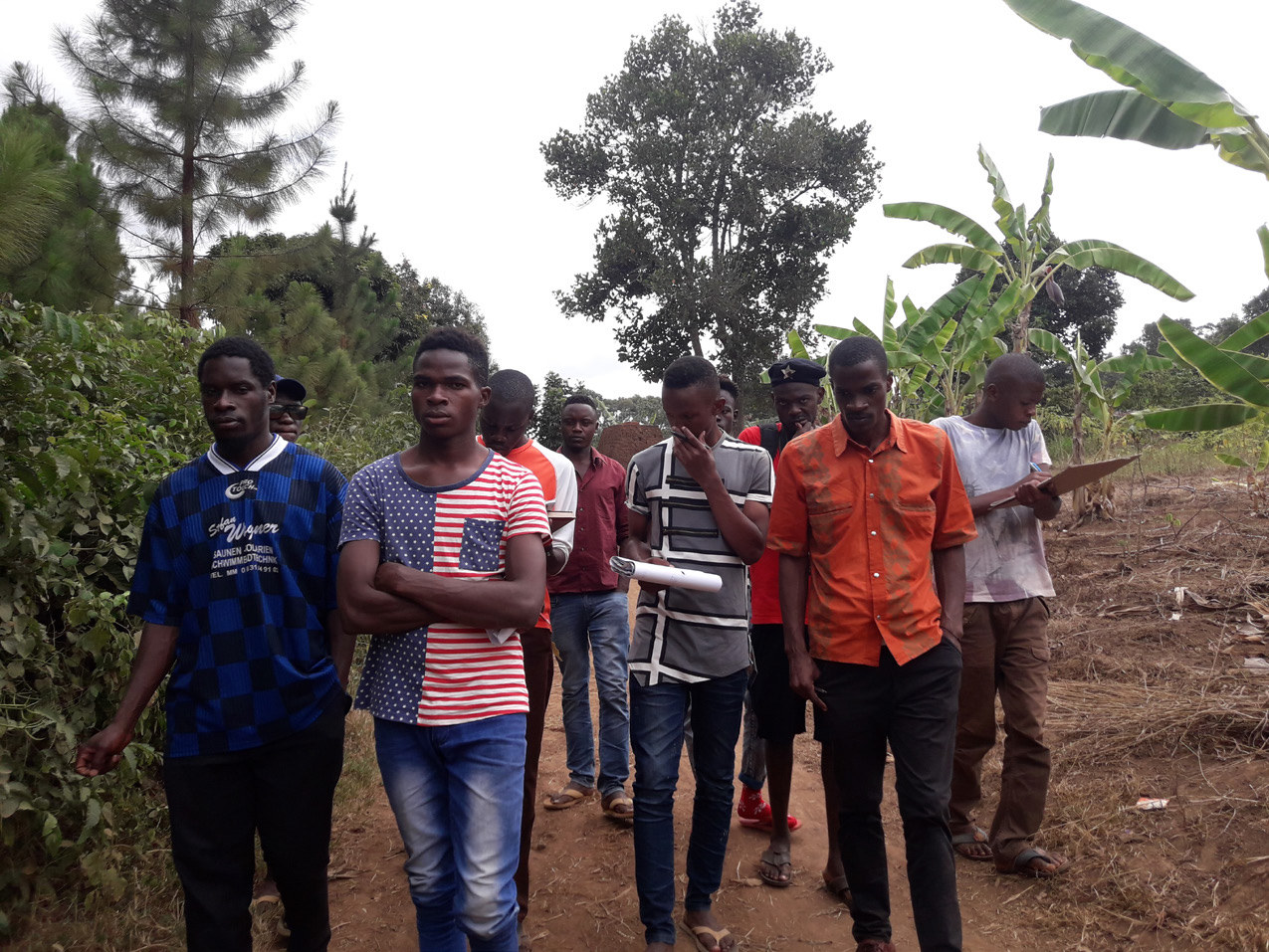MEMBERS
BLOG
-

HOW TO WORK WITH ARCHIVES THAT ARE “NOT THERE”? ENGAGING MEDU ART ENSEMBLE IN THE NOW
This Learning Unit is concerned with the politics of archival access or how to work with archives that are ‘not there’. The central story of the Johannesburg Working Group (JWG) is the Medu Art Ensemble (Medu), a collective of informal members; most of them exiled artists from South Africa, working in Botswana circa 1979-1985.
-
7 – Path: Archival Activism
As I understand it, one of the founding research aims of the Another Roadmap network was to critically assess the continuing hegemony of a colonial Westernised Arts Education and through a praxis of deconstruction, to create spaces for the imagining and the realisation of alternative paradigms, and for paying due recognition to alternatives already realised.…
-
6 – Path: Critical Pedagogy and its critiques
Critical pedagogy, aiming for learning as liberation and an interrogation of societal structures, is a common reference point for engaged art educators. This path invites you to engage with a range of historical references of critical pedagogies and their relevance in current practices. The learning units, beyond introducing historical and contemporary concepts, aim to discuss…
-
5 – Path: Letterwriting
How do we conceive of ‘the letter’ as both a personal and a public, collective thing? What would a letter be, if it was liberated from its literary genre? Can a song/poster/manifesto/banner be considered a letter? These Learning Units consider the losses and benefits of a letter in the expanded form. By Rangoato Hlasane FOLLOW…
-
4 – Path: Missionary dimensions in Arts Education
A wholistic interrogation and analysis of the extent to which western missionary leadership and autonomy configured arts education in the Global South. These learning units explore the ways in which missionaries, though noble in their cause, were supremacist in their process. Through the research carried out by these working groups, we learn that missionary intervention…
-
3 – Path: Reflexive Pedagogies/Critical Literacies
The Learning Units designed by the Kampala, Zurich and Maseru working groups emanate from different working contexts though they are related as kin in that each of them deploys exercises to encourage participants to understand that the texts and media we confront in our lives are never neutral, rather they are imbued with particular positionalities,…
-
2 – Path: “The artist” – “the child” – “the native”
This path is based on research into the discursive co-constitution of the triad of “the artist” – “the child” – “the native” and its historical connections to colonialism and mechanisms of exclusion. This triad relies on a gaze which is characterized by a simultaneous act of othering and idealization: it admires those who have not…




